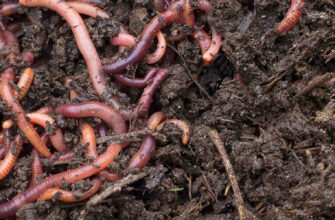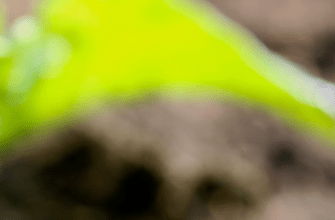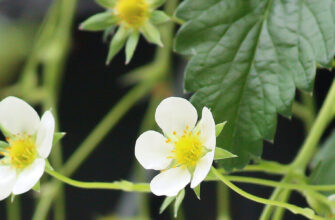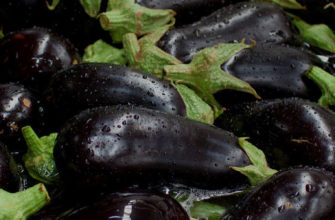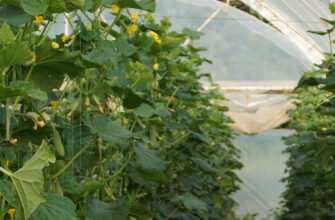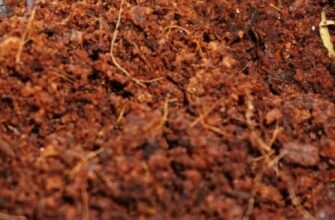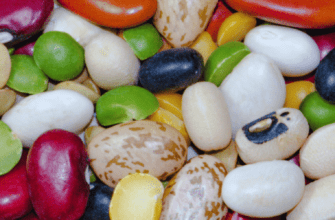Zucchini and squash are popular vegetables known for their versatility in cooking and their numerous health benefits. They can be fried, boiled, baked, pickled and even used as the main ingredient in flavorful jams. These crops are easy to grow and mature quickly. The key to a good harvest is timely picking of young fruits. If overgrown, zucchinis can still serve as nutritious feed for livestock. Learn more about the benefits and cultivation features in this guide.
Nutritional Value and Benefits
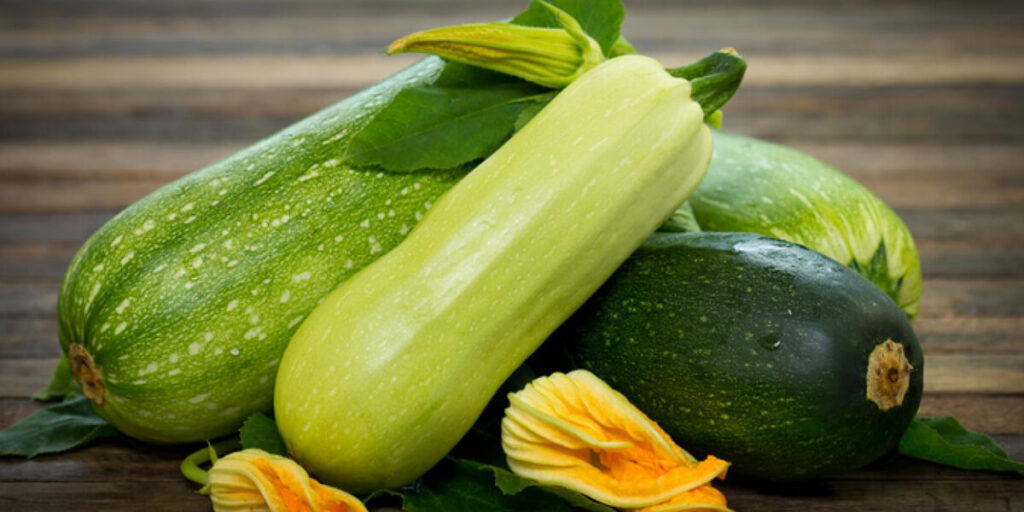
Zucchinis are prized for their early ripening, high yields and dietary value. They contain a rich composition of vitamins and minerals, are easy to digest and low in calories. Zucchinis are widely used in home cooking and in the canning industry (e.g., zucchini spread or pickled like cucumbers).
The skin of zucchinis, especially yellow varieties, contains lutein — a carotenoid beneficial for eye health. Zucchini pulp can also be used in cosmetics: a mashed zucchini mask refreshes and soothes the skin, smooths fine lines and reduces redness.
Biological Characteristics and Growth Conditions
Zucchinis belong to the pumpkin family and, compared to their relatives, are among the most cold-tolerant. Seeds germinate at temperatures above +10 to 15°C (50 to 59°F). However, the plants cannot withstand short-term drops to +3 to 5°C (37 to 41°F) and die from frost. The optimal temperature range for growth is +20 to 28°C (68–82°F).
These are sun-loving vegetables and do not tolerate shade. Poor lighting slows down plant growth, reduces pollen viability, and lowers yield due to poor pollination. In cloudy weather or dense plantings, fruits may accumulate fewer sugars and dry matter, leading to inferior taste.
Zucchinis are nutrient-demanding, especially when aiming for high marketable yields (up to 100 tons/ha). To produce 10 tons of harvest, the plants extract approximately 27.5 kg of nitrogen, 14 kg of phosphorus and 40 kg of potassium from the soil. They respond well to organic and mineral fertilizers.
Unlike cucumbers, zucchinis are more drought-resistant. However, a lack of rainfall and irrigation during vegetation, particularly in southern regions, negatively affects fruit quality. During hot weather, water every 3 days using warm water, avoiding wetting the leaves. Overwatering should also be avoided as it weakens the roots.
Varieties and Hybrids
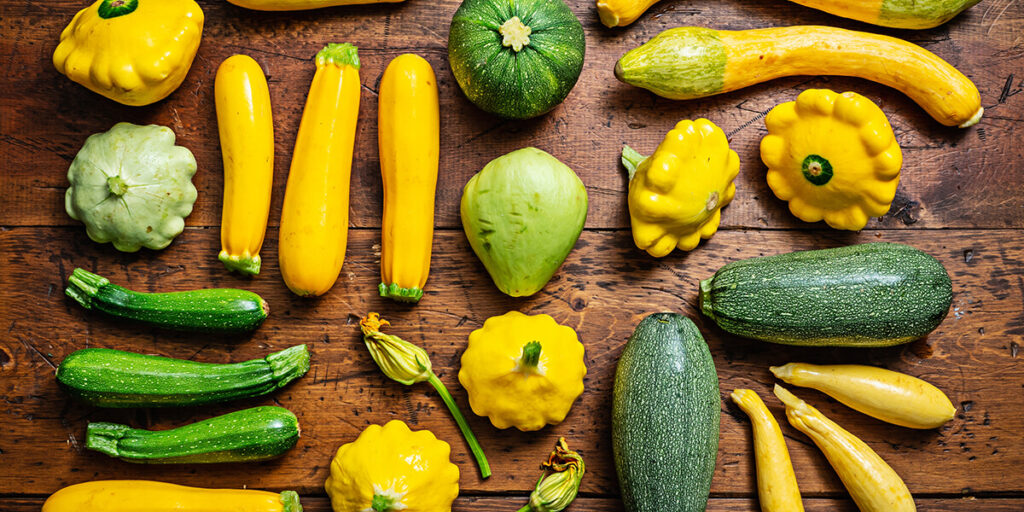
Zucchinis come in different colors (light green, dark green, yellow, striped) and shapes (cylindrical, oval, elongated, round). They also differ by ripening periods and pollination types.
Zucchini plants have a short main stem (about 1 m), deeply lobed leaves with white spots, and tender, juicy flesh that can even be eaten raw thanks to high pectin content and early ripening.
There are traditional bee-pollinated and parthenocarpic varieties (fruit without pollination), suitable for greenhouse cultivation. Fast-ripening hybrids with high productivity and resistance to powdery mildew are especially popular.
Zucchini and Squash – Cultivation Techniques
Site Selection
Zucchinis are more demanding of soil quality than other cucurbits. They dislike heavy clay soils and perform poorly in acidic peat soils. Choose open, fertile sites with light-textured, neutral soils. Ideal options include sandy loam and loamy soils.
Good crop rotations include potatoes, cabbage, onions, root vegetables, legumes and greens. Avoid planting after cucumbers or other gourds due to common diseases.
In autumn, plow to a depth of 20–25 cm, and in spring, cultivate and harrow as needed to control weeds before planting.
Seedling Growing Tips
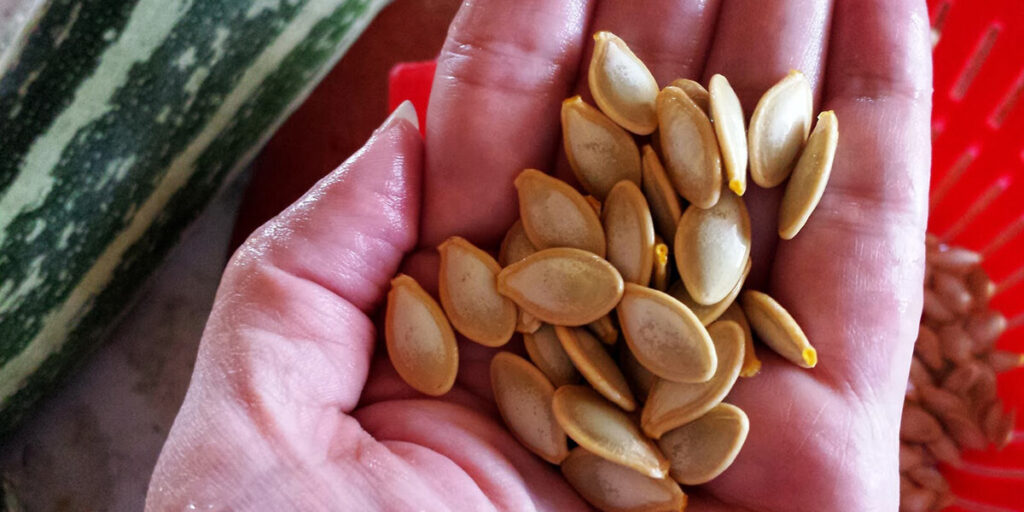
In Ukraine, zucchinis are grown both from transplants and direct seeding. For seedlings, use individual pots or trays to reduce root disturbance. A light peat mix is ideal; steam it or treat with a fungicide to prevent damping-off.
Sow one seed per cell at 3–4 cm depth. Ideal temperature: +22 to 25°C (72 to 77°F). In early spring, provide supplemental lighting to prevent stretching. Use warm water for irrigation.
Fertilize seedlings twice: once 14 days after germination and again 2–3 days before transplanting. Use complete fertilizers with a higher phosphorus content to boost root development. Seedlings are ready in 25–30 days, with 2–3 true leaves and a well-developed root system.
Planting and Spacing
Plant seedlings or sow seeds outdoors after the danger of frost has passed (late April to early May). If seedlings are ready earlier, cover them with row cover fabric. Common spacing schemes include 210×40 cm, 240+40×70 cm, etc.
Direct sowing is done in moist soil, one seed per hole, 5–6 cm deep. Germination takes 8–12 days in warm weather, up to 18–20 in cool conditions.
Cultivation and Care
Before fruiting, loosen the soil between rows after watering, being careful not to damage roots. Remove weeds regularly. For better ventilation and light access, remove 2–3 lower leaves on mature plants.
Fertilizing
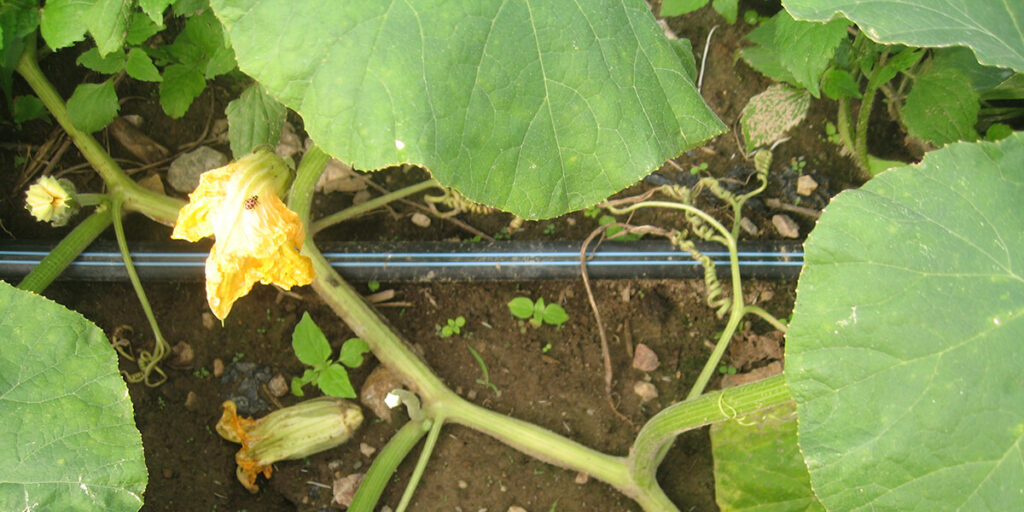
Apply 40–60 tons of organic matter per hectare, 100–150 kg of ammonium nitrate, 300–400 kg of superphosphate, and 150–200 kg of potassium salt (based on soil analysis). In drip-irrigated systems, use fertigation for efficient nutrient delivery.
Magnesium deficiency is common on sandy soils, so apply magnesium fertilizers in spring. Feed the plants at least three times: after transplanting, during flowering (with micronutrients) and during fruiting. Early stages require nitrogen and phosphorus; later stages need nitrogen, potassium, and calcium.
Watering Regimen
Before fruiting, water every 4–5 days at 250–300 m³/ha. During fruiting, water every 3–5 days with warm water, using 2–3 liters per plant. Drip irrigation is ideal as it moistens only the root zone and allows fertigation and pesticide application.
Pest and Disease Control
Common pests include melon aphids, thrips, and spider mites. Common diseases: downy mildew, anthracnose, powdery mildew and bacterial infections. Use approved pesticides and follow crop protection guidelines.
Harvesting
Harvest zucchini and squash by hand. Pick fruits at 3–7 days old (15–20 cm long). Delayed harvesting results in coarse skins and hard seeds. Regular picking promotes continuous production.
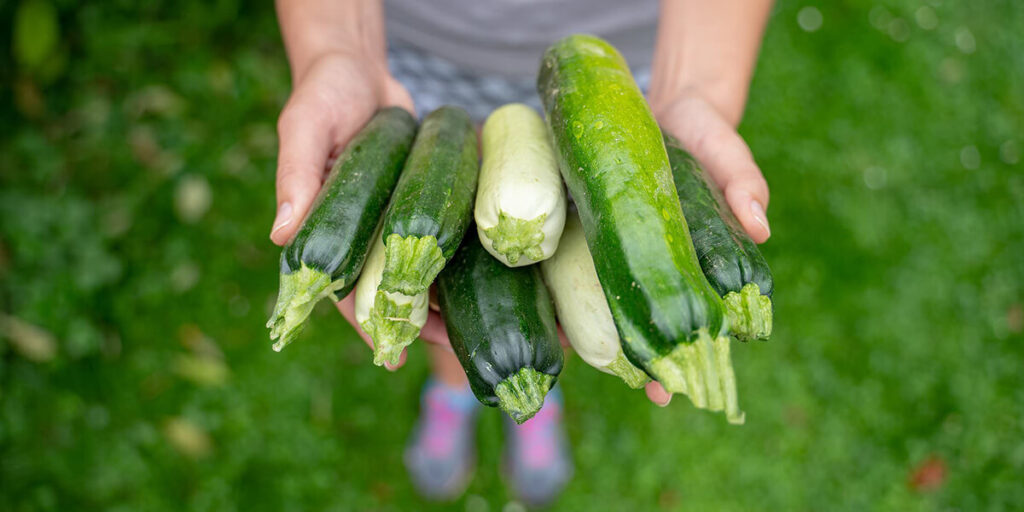
Interesting Facts
- Zucchinis originated in modern-day Mexico, but were initially grown for their seeds. Europeans began eating the fruits only in the 16th century.
- Botanically, zucchinis are berries, though commonly treated as vegetables.
- In Greece and France, zucchini flowers are considered a delicacy.
- The heaviest zucchini recorded weighed 65 kg and was grown in Australia on Norfolk Island.
With proper care and good seed selection, you can achieve an abundant harvest of healthy, delicious zucchinis and squash.
If you have found a spelling error, please, notify us by selecting that text and pressing Ctrl+Enter.

